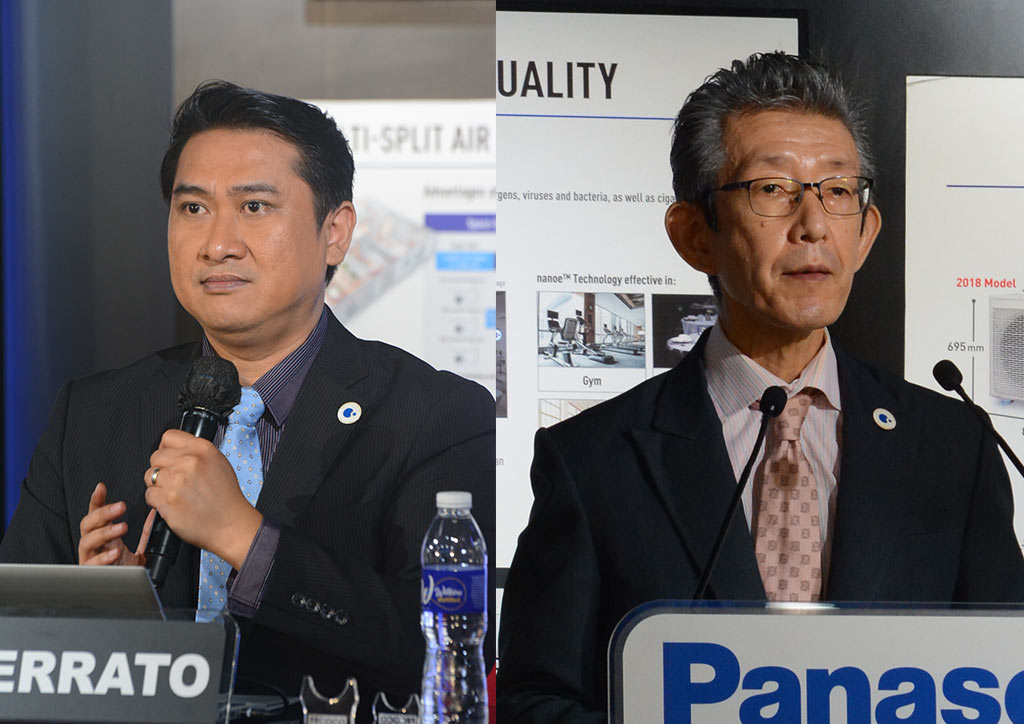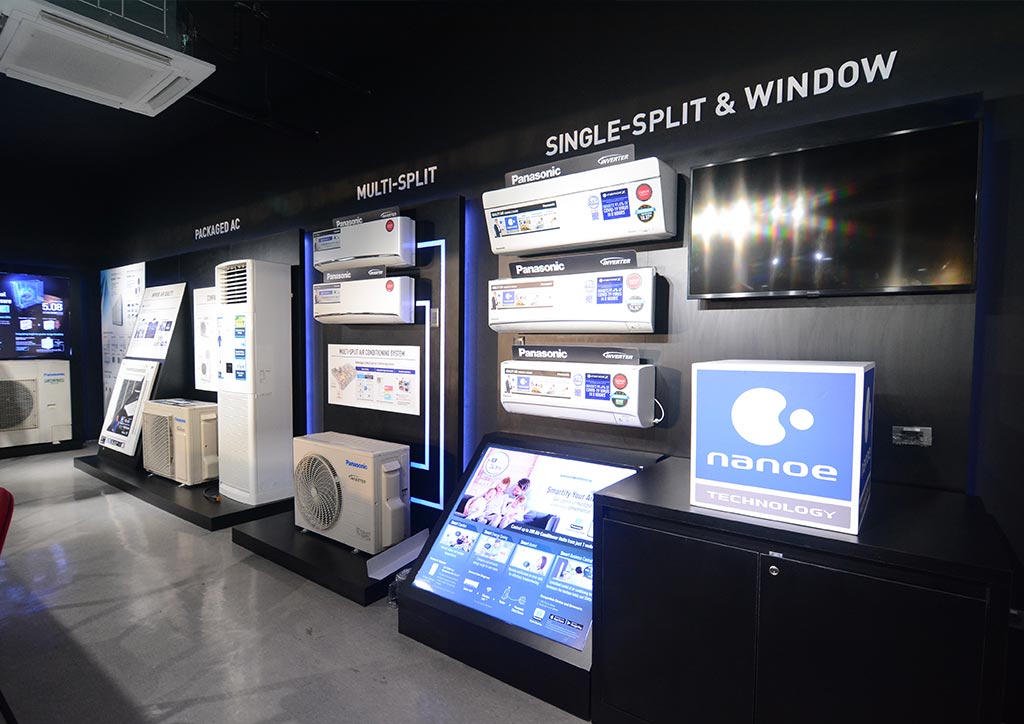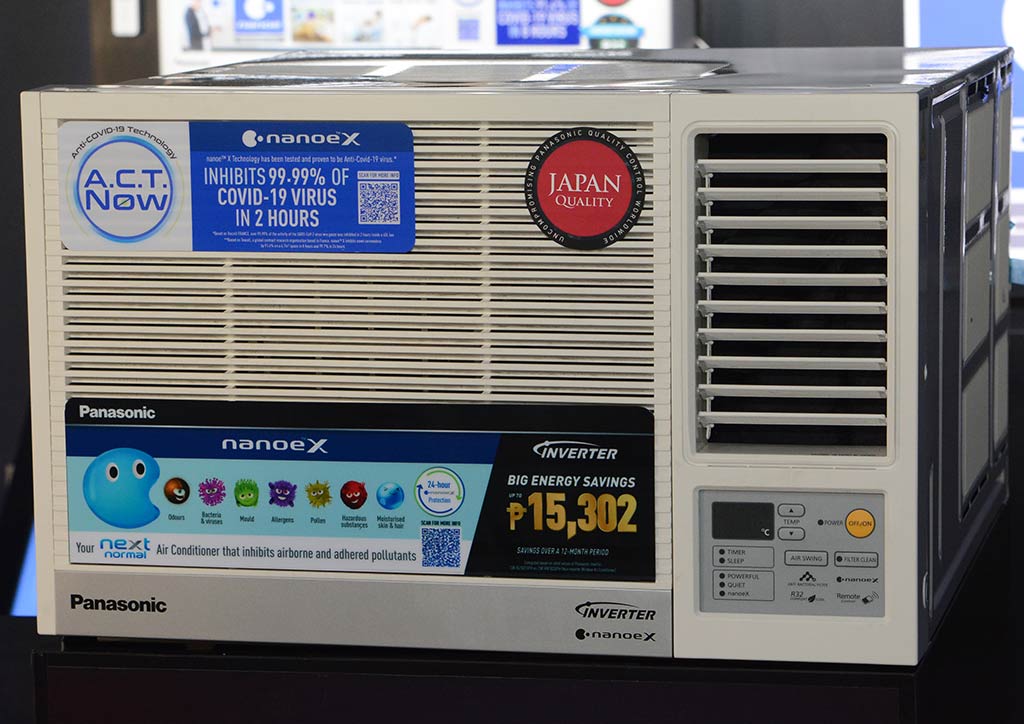The tech company first developed it in the late 90s, and was confirmed to inhibit the virus last year.
COVID-19 persists around the world, with new variants causing surges in different parts of the globe. Along with continued use of masks and sanitizers, and the maintenance of social distancing, air quality remains a talking point, and the focus for innovation of many.
One such company is Panasonic Corporation, who, in a bid to help with this so-called “battle for quality air for life” optimized its decades-long trademarked innovation called nanoe™ X technology.
Exhaustive testing
On July 31, 2020, Panasonic released news verifying the effectiveness of its nanoe X in inhibiting COVID. Through collaborations with Osaka Prefecture University, the company carried out a test. The results showed that 99 percent of SARS-CoV-2 was successfully inhibited in 3 hours through nano-sized electrostatic atomized particles. These are hydroxyl radicals contained in water.
Three months later, on October 26, 2020, Panasonic collaborated with the Paris-based global contact research organization Texcell. They also announced the inhibitory effect of nanoe X technology with the benefits of hydroxyl radicals on the novel coronavirus.
Texcell is a recognized expert in viral testing with a broad range of protocols for the detection of adventitious agents. It is the first spin-off of the Pasteur institute of Paris, which was created in 1997.
Similar to the previous test in Japan, results were also based on a comparative verification conducted in a 45L test space containing SARS-CoV-2 with and without exposure to nanoe X. It was determined that over 99.99 percent of novel coronavirus activity was inhibited within 2 hours.
Water power
Nanoe X is a technology unique to Panasonic supported by continuous research and development since 1997. Through more than 20 years, nanoe X has been found to inhibit pathogenic microorganisms(bacteria, fungi, and viruses) and allergens, breaking down PM 2.5 components that have adverse effects on the human body.
The inhibitory effect of nanoe X on the novel coronavirus is the latest evidence of the power of this breakthrough technology.
The technology collects invisible moisture in the air and applies a high voltage to it to produce hydroxyl radicals contained in water.
Hydroxyl radicals inhibit the growth of pollutants such as bacteria and viruses. They are characterized by being strongly oxidative and highly reactive but, normally have a short life span.

Contained in tiny water particles, nanoe X has a long lifespan and can spread over long distances. It has an inhibitory effect on both airborne and adhered substances.
New releases
Panasonic air conditioners and its other appliances equipped with nanoe X contain about 4.8 trillion per second hydroxyl radicals.
Because of such a huge quantity of hydroxyl radicals contained in water, nanoeX can supposedly inhibit surface-level pollutants by penetrating deep into fabric materials and inhibiting pathogenic microorganisms, allergens, pollen, and hazardous substances.


WAC Inverter XU Series Window Type with nanoe X
In the country, Panasonic has already made available various split-type air conditioners with nanoe X Technology. Just last week, the company released its WAC Inverter XU Series Window Type with nanoe X.
What we find most interesting is the Portable nanoe X Generator, which can be carried anywhere to spread nanoe X particles: your car, a corner of a café, your office. This handy gadget is also available in the Philippines.
For more information, visit Panasonic.com/ph/nanoe





